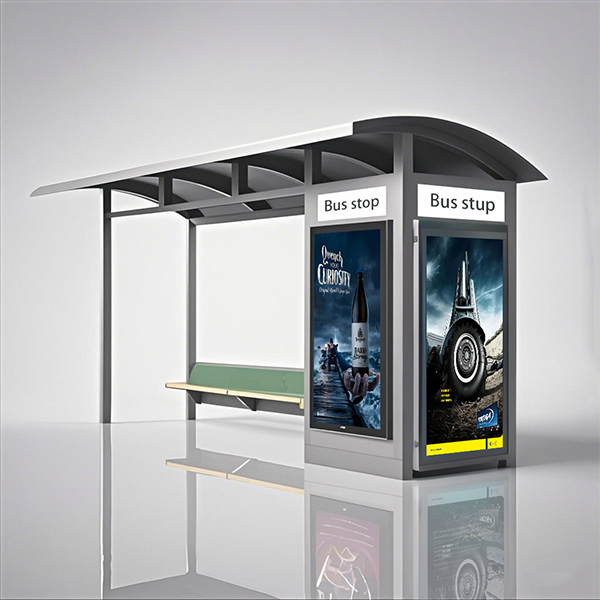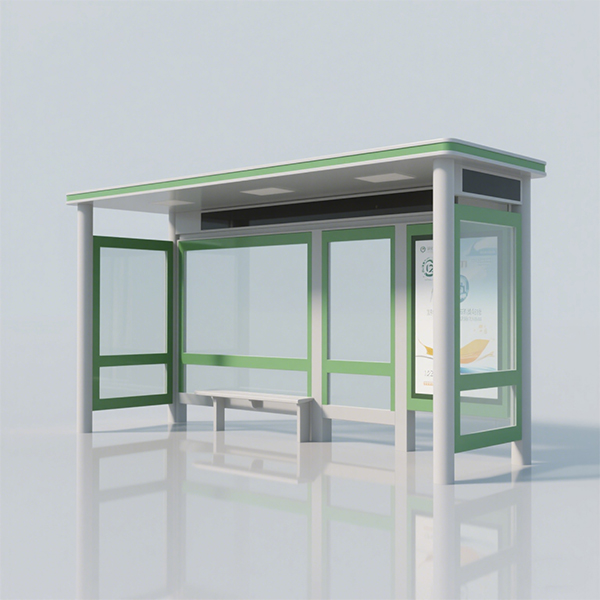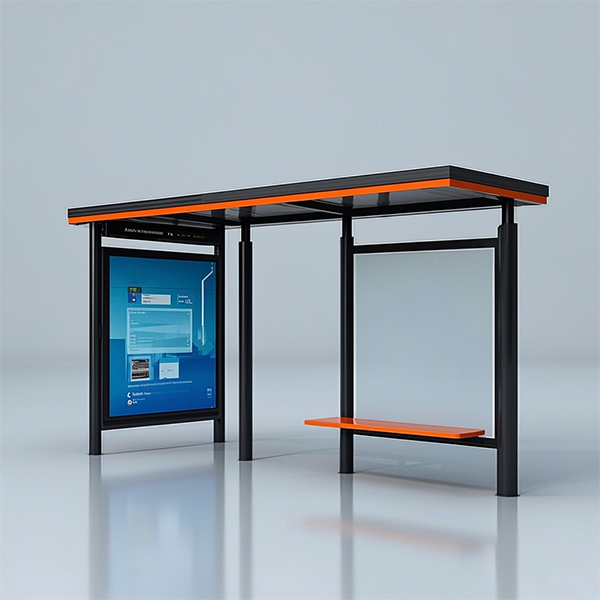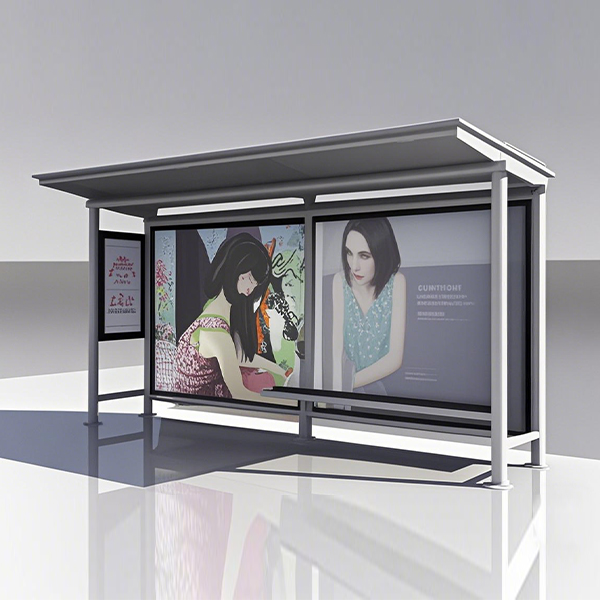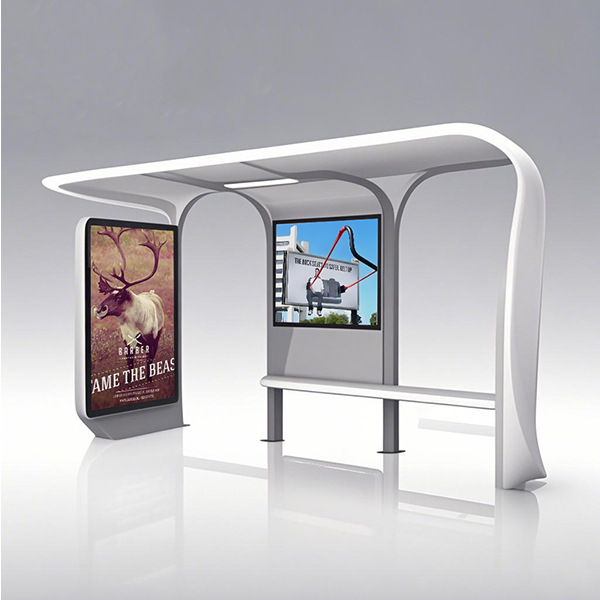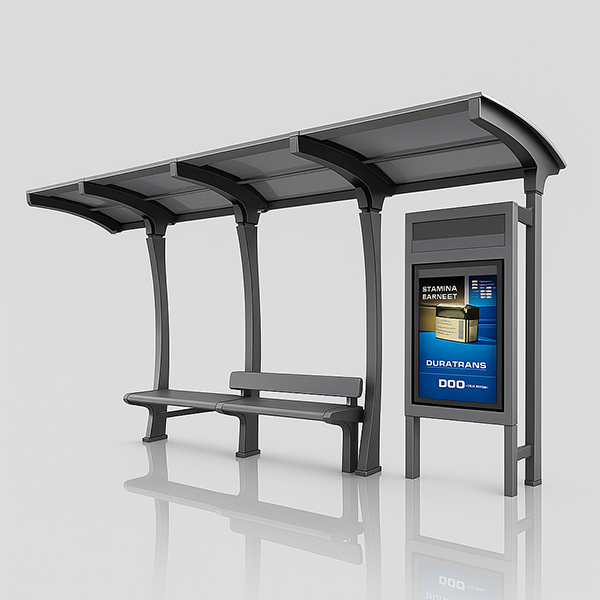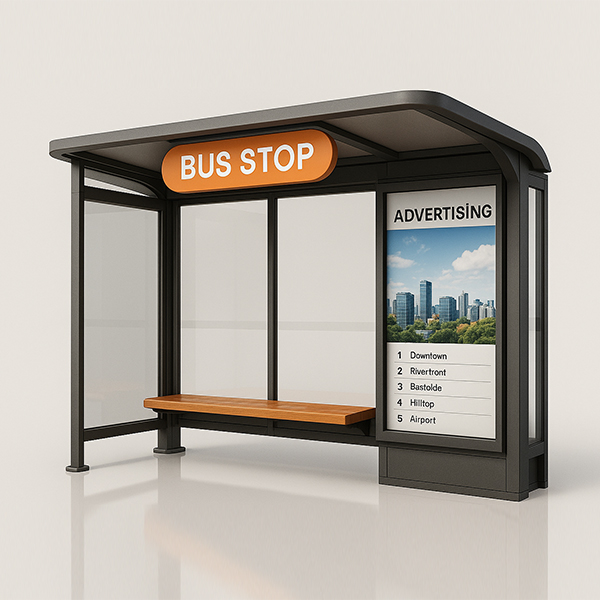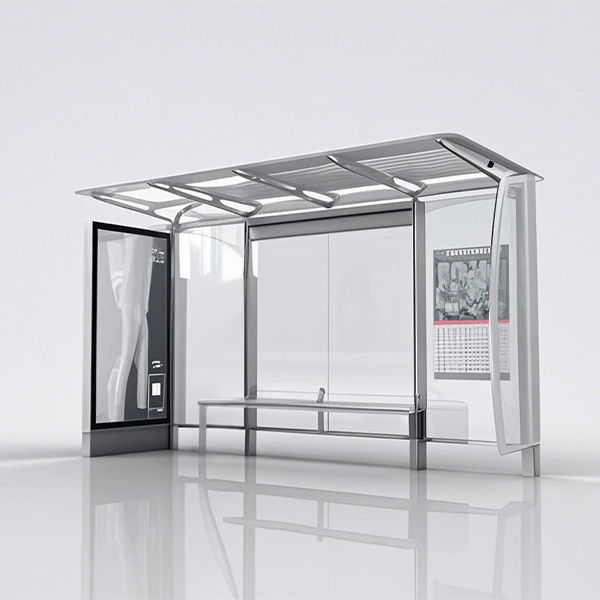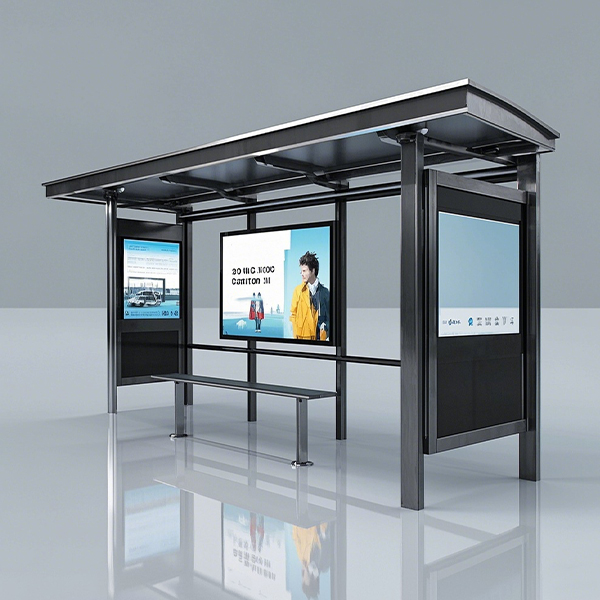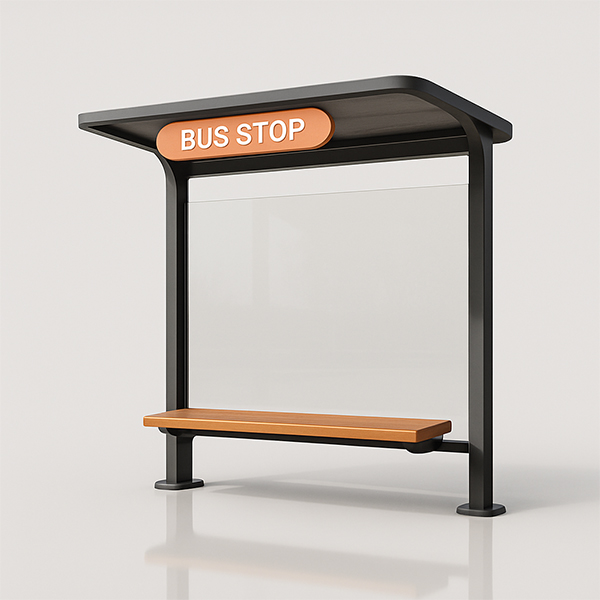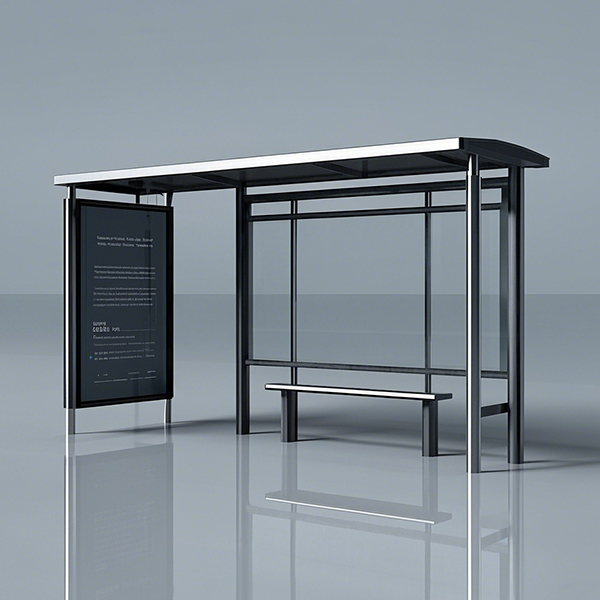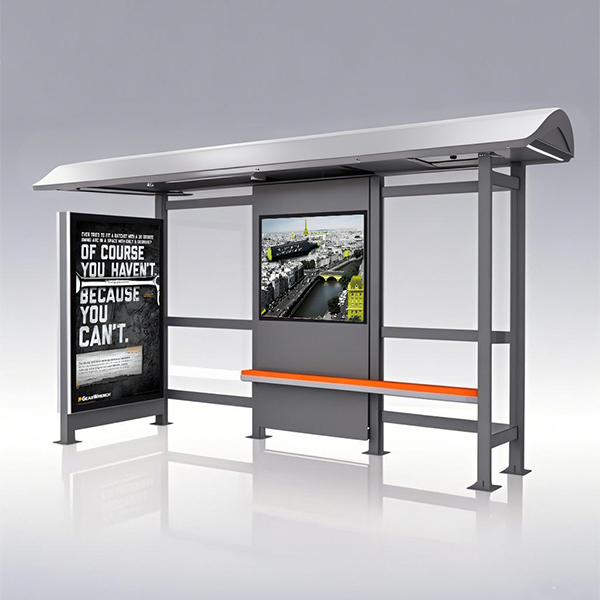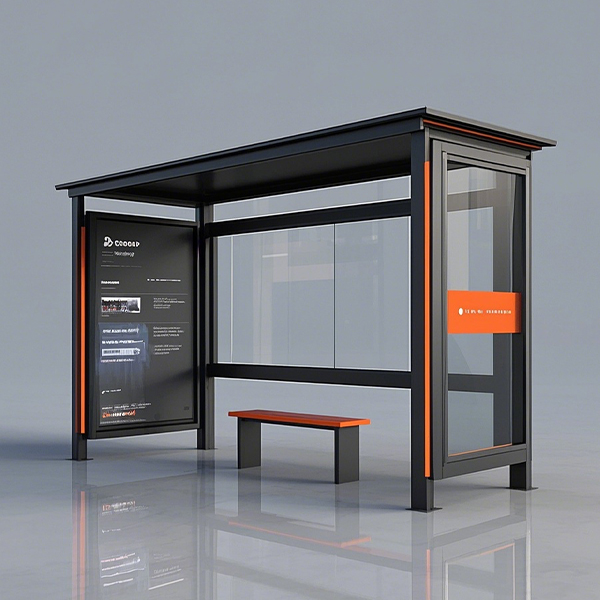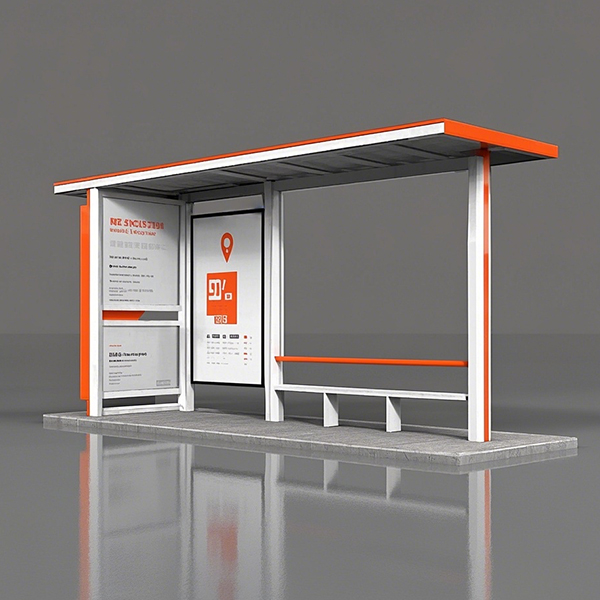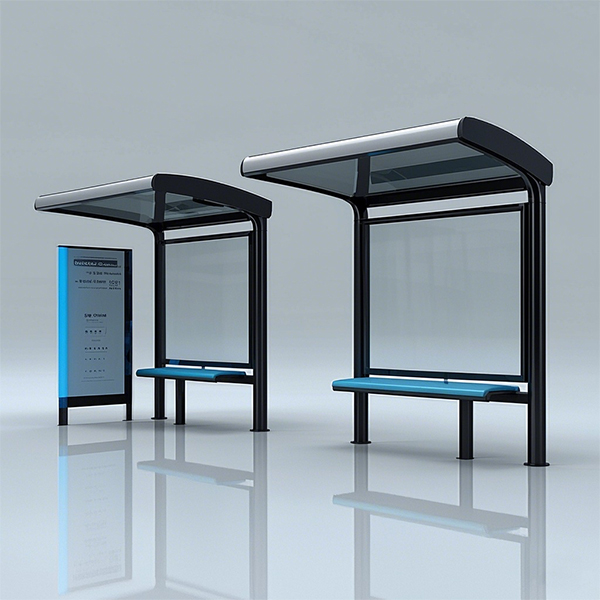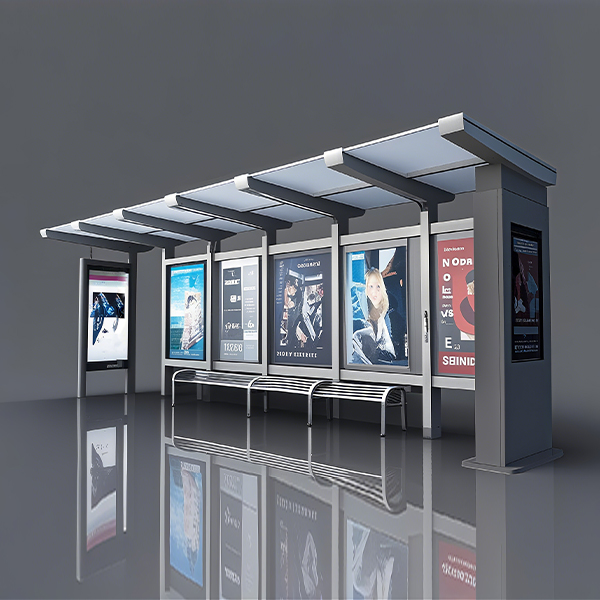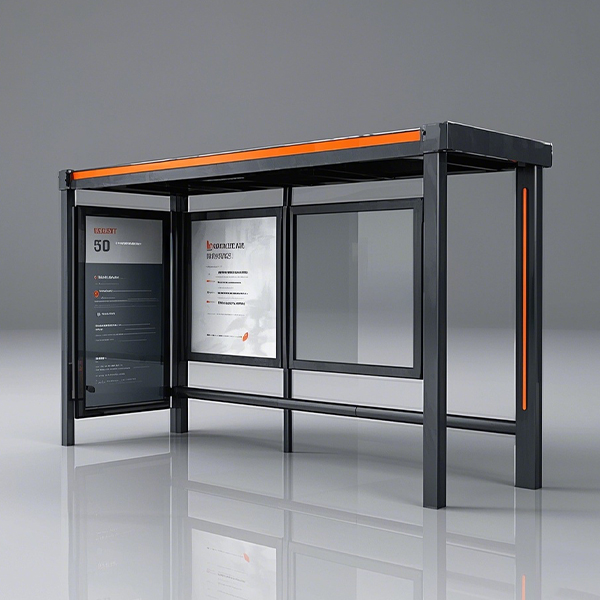
Bus Stop Bench with Shelter
This guide helps you understand the factors to consider when selecting a bus stop bench with shelter, covering design, materials, durability, accessibility, and maintenance. Learn about different styles, features, and best practices for creating comfortable and safe waiting areas.
Understanding Your Needs: What to Consider Before Purchasing
Assessing Passenger Volume and Usage
The first step in choosing the right bus stop bench with shelter is to assess the anticipated passenger volume and usage patterns. High-traffic stops will require more robust and durable benches, possibly with multiple seating options. Consider peak hours, average wait times, and the overall size of the bus stop area. A smaller, less frequently used stop might only need a single bench with a basic shelter.
Location and Environmental Factors
The location of the bus stop significantly influences the choice of bus stop bench with shelter. Consider factors like weather conditions (extreme heat, cold, rain, snow), exposure to direct sunlight, and potential vandalism. Materials chosen should withstand these environmental challenges. For example, a coastal location might necessitate corrosion-resistant materials like stainless steel, while areas with extreme temperature fluctuations might benefit from benches made from materials with low thermal conductivity.
Accessibility and Inclusivity
Designing an inclusive and accessible bus stop is crucial. Consider the needs of passengers with disabilities, including wheelchair users and those with limited mobility. This includes selecting benches with appropriate height and armrests, ensuring adequate space for wheelchairs to maneuver, and providing a sheltered area accessible to all. Compliance with relevant accessibility standards (e.g., ADA guidelines) is essential. Check out Shandong Luyi Public Facilities Co., Ltd. (https://www.luyismart.com/) for compliant solutions.
Types of Bus Stop Benches with Shelter
Material Considerations: Durability and Aesthetics
The choice of material significantly impacts the durability, aesthetics, and maintenance requirements of your bus stop bench with shelter. Common materials include:
| Material | Advantages | Disadvantages |
|---|---|---|
| Aluminum | Lightweight, durable, corrosion-resistant | Can be expensive |
| Steel | Strong, durable, cost-effective | Susceptible to rust unless treated |
| Wood | Aesthetically pleasing, comfortable | Requires regular maintenance, susceptible to rot and insect damage |
| Recycled Plastic Lumber | Durable, low maintenance, environmentally friendly | Can be less aesthetically pleasing than other options |
Shelter Design: Protecting Passengers from the Elements
Shelter designs vary greatly, from simple roof structures to more elaborate designs incorporating side panels and lighting. Factors to consider include the size of the shelter, the type of roofing material (e.g., polycarbonate, metal), and the inclusion of features like lighting, signage, and advertisements. Consider the overall aesthetic and how the shelter integrates with the surrounding environment. Shandong Luyi Public Facilities Co., Ltd. offers a wide range of shelter designs.
Maintenance and Longevity
Regular maintenance is crucial for extending the lifespan of your bus stop bench with shelter. This includes regular cleaning, repainting (if necessary), and addressing any damage promptly. Choosing durable materials and robust construction methods minimizes the need for frequent repairs. A well-maintained bus stop bench with shelter contributes to a safer and more pleasant passenger experience.
Conclusion
Selecting the appropriate bus stop bench with shelter requires careful consideration of passenger needs, environmental factors, accessibility standards, and maintenance requirements. By thoughtfully evaluating these factors and choosing high-quality materials and construction, you can create a comfortable, safe, and welcoming waiting area for bus passengers.
Соответствующая продукция
Соответствующая продукция







